What Defines an Actuated Ball Valve and Its Importance in Industrial Applications
In the realm of industrial applications, the significance of an actuated ball valve cannot be overstated. These sophisticated devices serve as critical components in fluid control systems, enabling efficient and precise management of liquids and gases. An actuated ball valve utilizes an automated mechanism to regulate the flow, which enhances operational efficiency and reduces the risk of human error. This technology not only simplifies the process of controlling various media but also contributes to improved safety and reliability. With increasing demands for automation and precision in industries such as oil and gas, chemical processing, and water treatment, understanding the key features and benefits of actuated ball valves becomes paramount.

This blog will delve into the defining characteristics of actuated ball valves, highlight their importance, and provide valuable tips on their selection and maintenance in industrial settings.
Key Characteristics of Actuated Ball Valves in Industrial Settings
Actuated ball valves are integral components in numerous industrial applications, providing vital control in fluid and gas systems. One of the key characteristics of these valves is their ability to operate automatically, which streamlines processes and enhances efficiency. The actuator mechanism, often powered by electric, pneumatic, or hydraulic sources, enables quick and precise adjustments to the valve's position—either fully open or closed. This speed and reliability are crucial in environments where rapid responses are necessary, such as in chemical processing or oil and gas operations.
Another significant feature of actuated ball valves is their design, which allows for minimal fluid resistance and excellent sealing capabilities. The ball's spherical shape ensures that when the valve is in the open position, there is a smooth flow of fluids, reducing the risk of turbulence or back pressure. Additionally, the tight sealing when closed prevents leaks, which is essential for maintaining safety and efficiency in industrial settings. The durability of materials used in actuated ball valves, such as stainless steel and other corrosion-resistant alloys, further enhances their performance and longevity, making them a preferred choice for critical applications.
Key Characteristics of Actuated Ball Valves in Industrial Applications
This bar chart illustrates five key characteristics of actuated ball valves in industrial applications. Each characteristic is rated on a scale from 1 to 10, reflecting its importance in ensuring efficient operations in various industrial settings.
Advantages of Using Actuated Ball Valves Over Traditional Valves
Actuated ball valves have become increasingly essential in industrial applications due to their numerous advantages over traditional valves. According to a report by MarketsandMarkets, the global actuated valve market is expected to reach $6.27 billion by 2025, reflecting a compound annual growth rate (CAGR) of 5.4%. This growth can be attributed to the enhanced efficiency, safety, and reliability offered by these valves. Unlike manual valves, actuated ball valves allow for quicker and more precise operation, which is particularly critical in processes requiring rapid response to system changes.
Moreover, actuated ball valves significantly reduce the risk of human error. A study by the International Journal of Engineering Research shows that automation can lead to a 30% decrease in operational accidents and inefficiencies. This is further bolstered by the fact that actuated valves can be integrated with control systems for remote operation, enhancing accessibility and oversight. The ability to control flow without the physical requirement of manual intervention not only speeds up operations but also contributes to energy savings and improved maintenance cycles, making them a preferred choice in various sectors, including oil and gas, water treatment, and chemical processing.
Different Types of Actuators Used for Ball Valves and Their Benefits
Actuated ball valves play a pivotal role in various industrial applications, primarily due to the diverse types of actuators integrated into their design. From pneumatic, electric, to hydraulic actuators, each type offers unique benefits tailored to specific operational demands. Pneumatic actuators are often favored for their rapid response times and ability to handle high pressures, making them ideal for industries dealing with aggressive media. Electric actuators, on the other hand, provide precise control and easy integration into automation systems, enhancing overall efficiency. Hydraulic actuators are known for their high force output, which is indispensable in environments requiring substantial torque for valve operation.
The projected growth of the global actuator market underscores the increasing importance of these components in industrial settings. Expected to rise from $44.6 billion in 2022 to $98.9 billion by 2029, with a compound annual growth rate of 12.05%, this trend indicates a robust demand for advanced actuator technologies. As industries strive for greater efficiency and reliability, the right actuator can significantly influence operational performance, allowing for improved process control and safety in critical applications. The evolution of actuator technology continues to shape the landscape of industrial automation, emphasizing the need for companies to remain adaptable and innovative to meet emerging challenges.
What Defines an Actuated Ball Valve and Its Importance in Industrial Applications - Different Types of Actuators Used for Ball Valves and Their Benefits
| Actuator Type | Description | Benefits | Common Applications |
|---|---|---|---|
| Electric Actuator | Uses electrical energy to operate the valve. | High precision control, remote operation, and reduced maintenance. | Water treatment, chemical processing. |
| Pneumatic Actuator | Utilizes compressed air to move the valve. | Fast operation, good for rapid cycling, and cost-effective. | Oil and gas, food and beverage processing. |
| Hydraulic Actuator | Employs hydraulic fluid to power the valve mechanism. | High force output and precise control, suitable for heavy-duty applications. | Mining, metals processing. |
| Manual Actuator | Operated by hand using a lever or handwheel. | Simple design, no energy requirement, and easy to maintain. | Small-scale systems, laboratory settings. |
Applications of Actuated Ball Valves in Various Industries
Actuated ball valves play a crucial role in various industrial applications, including oil and gas, water treatment, and chemical processing sectors. According to a report by MarketsandMarkets, the global market for ball valves is projected to reach USD 12.1 billion by 2026, growing at a CAGR of 5.2% from 2021. This growth is driven by the increasing demand for efficient flow control and automation in industrial processes. In oil and gas operations, actuated ball valves enable quick opening and closing, enhancing safety and minimizing downtime during critical operations.
In the water treatment industry, actuated ball valves are essential for controlling the flow of water and various chemicals, ensuring optimal filtration and treatment processes. A report by Grand View Research highlights that the water and wastewater treatment market is expected to reach USD 800 billion by 2027, with automation technologies, including actuated valves, being pivotal for operational efficiency. These valves help maintain the integrity of the treatment process while also reducing labor costs and improving safety protocols. The versatility and reliability of actuated ball valves make them a vital component across a broad spectrum of industrial applications.

Maintenance Considerations for Optimizing Actuated Ball Valve Performance
Maintenance of actuated ball valves is crucial for ensuring optimal performance in industrial applications. These valves, known for their reliable operation and efficiency, require regular inspection and upkeep to prevent issues such as leakage or jamming. Common maintenance tasks include checking actuator settings, lubricating moving parts, and testing the valve seat integrity. By implementing a systematic maintenance schedule, industries can significantly reduce downtime and extend the lifespan of their equipment.

Another important aspect of maintaining actuated ball valves is the adoption of predictive maintenance techniques. Utilizing advanced technologies like acoustic emission sensors can enhance early fault detection, allowing for timely interventions before issues escalate. This proactive approach not only minimizes interruption to operations but also contributes to overall safety and cost-effectiveness. As the demand for precision and reliability in industrial applications continues to grow, ensuring rigorous maintenance practices for actuated ball valves will remain a key factor in operational efficiency.
Related Posts
-
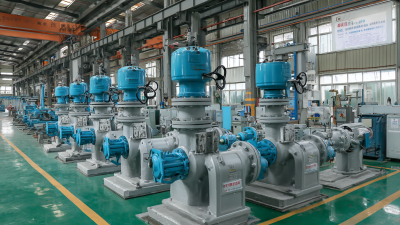
Elevating Global Standards through Best Control Valve Solutions Made in China
-
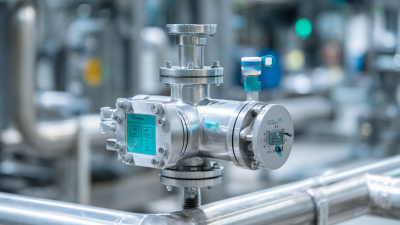
Top Strategies for Maximizing Efficiency with Pneumatic Control Valves
-
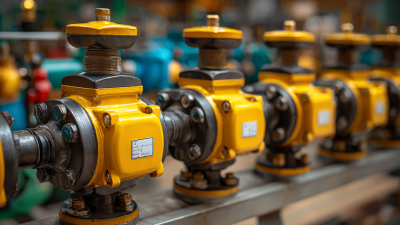
Innovative Technologies Shaping the Future of Best Pneumatic Ball Valve Solutions and Strategies for Global Procurement
-

Mastering the Basics of 3 Way Ball Valve Installation and Maintenance Guide
-
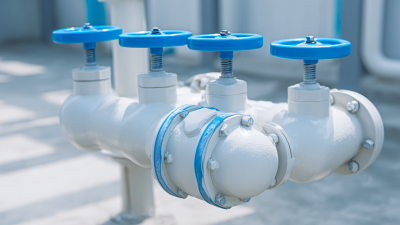
What Makes the Best PVC Ball Valve Ideal for Your Business Needs
-
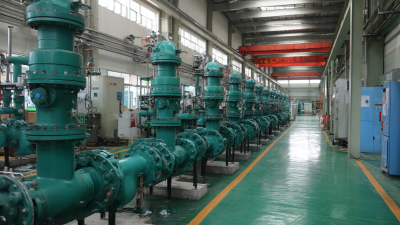
Global Excellence in Control Valve Manufacturing China Leads the Way
